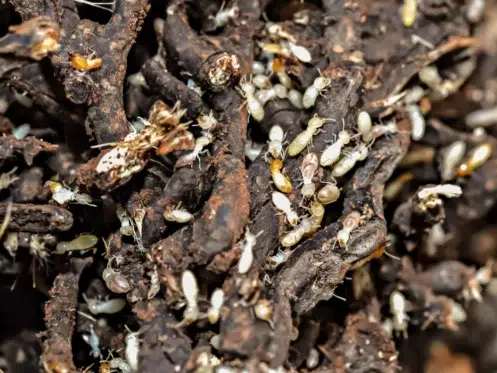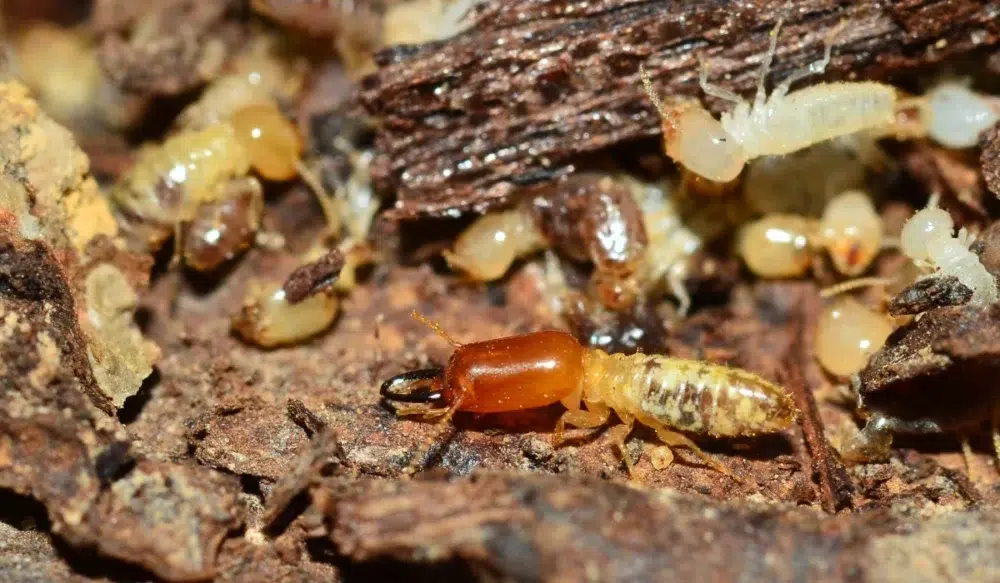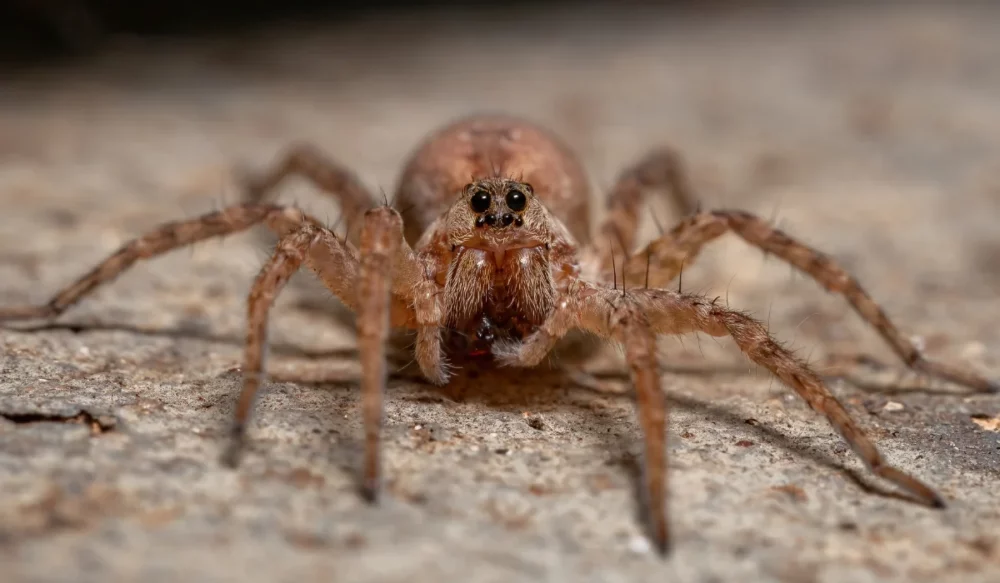Subterranean termites are one of the most common and destructive termite species in Arizona. They live underground and are great at hiding until serious termite damage has already happened. These pests are active all year and are a big problem for homeowners across the state.
If you’re in Phoenix, Tucson, or anywhere in Arizona, knowing the signs of an infestation and how to stop it is key. Here are four clear tips to help you stop an infestation before it becomes a serious home improvement nightmare.
Key Takeaways
- Bait stations placed in the ground help termites spread bait to their colony and stop the infestation completely.
- A hidden soil treatment using fipronil kills termites underground and works well in crawl spaces and attics.
- Moisture from leaky gutters or standing water attracts termites and makes your home more likely to be infested.
- A termite inspection every year can protect your home better than do-it-yourself kits or short-term online solutions.
1. Install Termite Baiting Systems to Wipe Out the Entire Colony
One of the best ways to handle subterranean termite treatment is with a baiting system. These systems work by placing bait stations in the ground around your home. Inside, there’s a slow-acting termite bait that worker termites eat and carry back to the nest. Once it spreads, it can destroy the entire colony.
A pest control company may use professional-grade products to kill them. This approach is especially effective in Arizona’s dry climate and helps prevent a new colony from forming. It’s a smart way to keep your home protected all year.
2. Use Non-Repellent Soil Treatments That Kill Termites at the Source
If you’re seeing mud tubes, damaged wood, or other signs of termite trouble, it might be time for a soil treatment. This treatment uses a non-repellent liquid product, often made with fipronil.
These wood-eating pests don’t notice it, so they walk through it and bring it back to the termite colony. This method builds a strong barrier around your home. It works well in tough spots like crawl spaces, voids, and all areas where they like to hide.
Unlike fumigation, you don’t need to leave your home, and it targets subterranean termites directly.
3. Fix Moisture Problems to Make Your Home Less Attractive
Even though Arizona is dry, termites still find ways to get the moisture they need. Leaky gutters, clogged downspouts, and standing water can bring them right to your home. Areas around porches or foundation walls are often easy entry points.
You can stop termite activity by removing extra moisture and fixing leaks. Make sure wood doesn’t touch the soil. Clean up leaf piles and trim back plants that are too close to the house. These simple preventative measures are a big part of smart pest management.
4. Get a Termite Inspection Every Year—Especially If You’re Buying or Selling a Home
Many homeowners don’t realize there’s a termite problem until it’s too late. By the time you see structural damage, these pests have been at work for a while. A yearly inspection can catch problems early and save you money.
This is also very important during real estate deals. Termite species, including Formosan termites, drywood termites, dampwood termites, and eastern subterranean termites, can all cause damage that affects the value of your home.
Professionals can check for alates (also called swarmers) and other clues that these types of termites are nearby. They can inspect crawl spaces, porches, and more to help protect your investment.
Don’t Wait Until the Damage Is Done
If you see signs of a subterranean termite infestation, don’t wait.
At Green Home Pest Control, we offer fast and reliable termite control. We’ll build a plan that fits your home and use trusted tools to stop them before they cause more damage.
And while do-it-yourself or DIY kits may sound like a good deal, they usually don’t go deep enough to fix the issue. Our team uses expert tools and local experience to make sure your pest control services work the first time.
Call us today for your free inspection. We’ll help you keep your home safe from Arizona’s most damaging pests.




